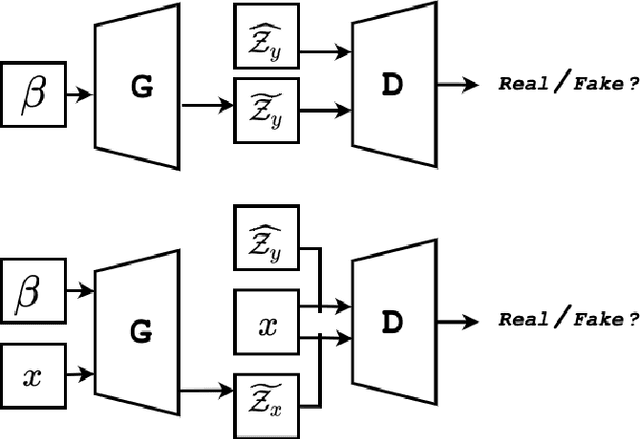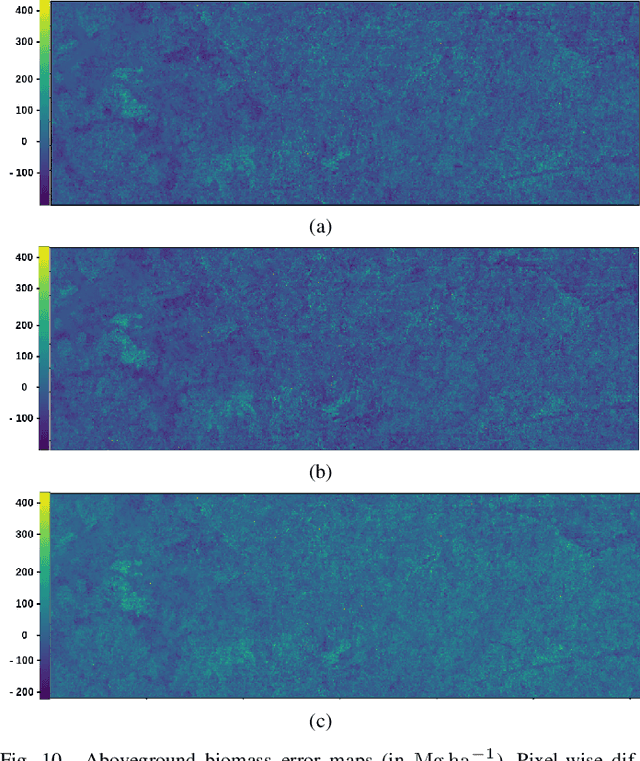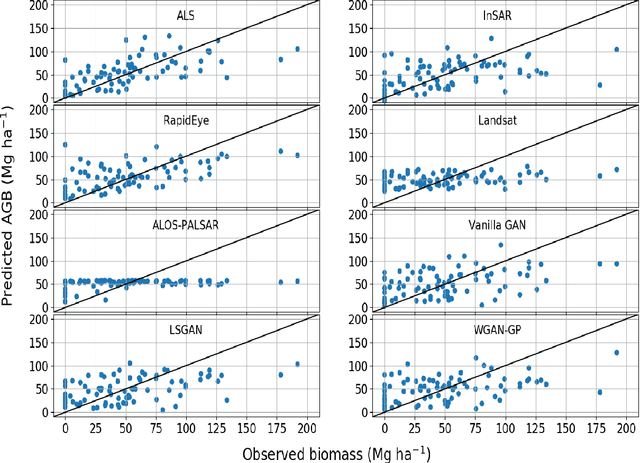Terje Gobakken
Faculty of Environmental Sciences and Natural Resource Management, Norwegian University of Life Sciences, NMBU, Ås, Norway
Semantic segmentation of forest stands using deep learning
Apr 03, 2025Abstract:Forest stands are the fundamental units in forest management inventories, silviculture, and financial analysis within operational forestry. Over the past two decades, a common method for mapping stand borders has involved delineation through manual interpretation of stereographic aerial images. This is a time-consuming and subjective process, limiting operational efficiency and introducing inconsistencies. Substantial effort has been devoted to automating the process, using various algorithms together with aerial images and canopy height models constructed from airborne laser scanning (ALS) data, but manual interpretation remains the preferred method. Deep learning (DL) methods have demonstrated great potential in computer vision, yet their application to forest stand delineation remains unexplored in published research. This study presents a novel approach, framing stand delineation as a multiclass segmentation problem and applying a U-Net based DL framework. The model was trained and evaluated using multispectral images, ALS data, and an existing stand map created by an expert interpreter. Performance was assessed on independent data using overall accuracy, a standard metric for classification tasks that measures the proportions of correctly classified pixels. The model achieved an overall accuracy of 0.73. These results demonstrate strong potential for DL in automated stand delineation. However, a few key challenges were noted, especially for complex forest environments.
Forest Parameter Prediction by Multiobjective Deep Learning of Regression Models Trained with Pseudo-Target Imputation
Jun 19, 2023Abstract:In prediction of forest parameters with data from remote sensing (RS), regression models have traditionally been trained on a small sample of ground reference data. This paper proposes to impute this sample of true prediction targets with data from an existing RS-based prediction map that we consider as pseudo-targets. This substantially increases the amount of target training data and leverages the use of deep learning (DL) for semi-supervised regression modelling. We use prediction maps constructed from airborne laser scanning (ALS) data to provide accurate pseudo-targets and free data from Sentinel-1's C-band synthetic aperture radar (SAR) as regressors. A modified U-Net architecture is adapted with a selection of different training objectives. We demonstrate that when a judicious combination of loss functions is used, the semi-supervised imputation strategy produces results that surpass traditional ALS-based regression models, even though \sen data are considered as inferior for forest monitoring. These results are consistent for experiments on above-ground biomass prediction in Tanzania and stem volume prediction in Norway, representing a diversity in parameters and forest types that emphasises the robustness of the approach.
Constructing Forest Biomass Prediction Maps from Radar Backscatter by Sequential Regression with a Conditional Generative Adversarial Network
Jun 21, 2021



Abstract:This paper studies construction of above-ground biomass (AGB) prediction maps from synthetic aperture radar (SAR) intensity images. The purpose is to improve traditional regression models based on SAR intensity, trained with a limited amount of AGB in situ measurements. Although it is costly to collect, data from airborne laser scanning (ALS) sensors are highly correlated with AGB. Therefore, we propose using AGB predictions based on ALS data as surrogate response variables for SAR data in a sequential modelling fashion. This increases the amount of training data dramatically. To model the regression function between SAR intensity and ALS-predicted AGB we propose to utilise a conditional generative adversarial network (cGAN), i.e. the Pix2Pix convolutional neural network. This enables the recreation of existing ALS-based AGB prediction maps. The generated synthesised ALS-based AGB predictions are evaluated qualitatively and quantitatively against ALS-based AGB predictions retrieved from a traditional non-sequential regression model trained in the same area. Results show that the proposed architecture manages to capture characteristics of the actual data. This suggests that the use of ALS-guided generative models is a promising avenue for AGB prediction from SAR intensity. Further research on this area has the potential of providing both large-scale and low-cost predictions of AGB.
 Add to Chrome
Add to Chrome Add to Firefox
Add to Firefox Add to Edge
Add to Edge